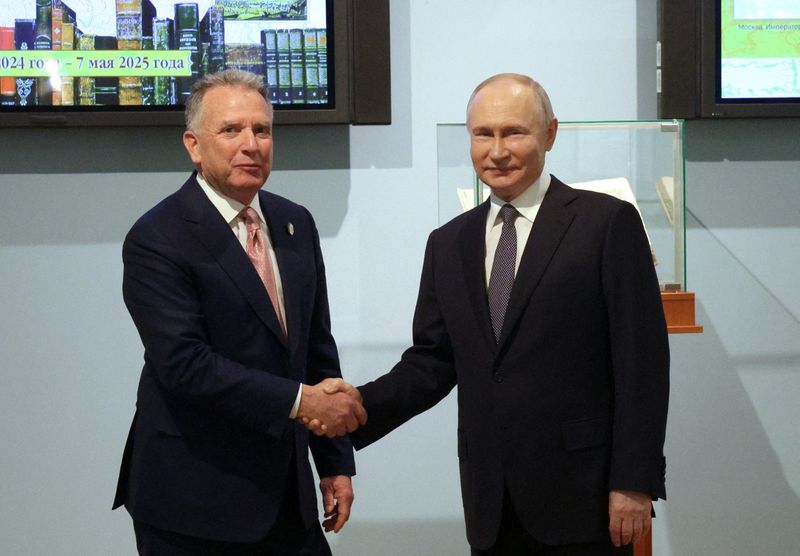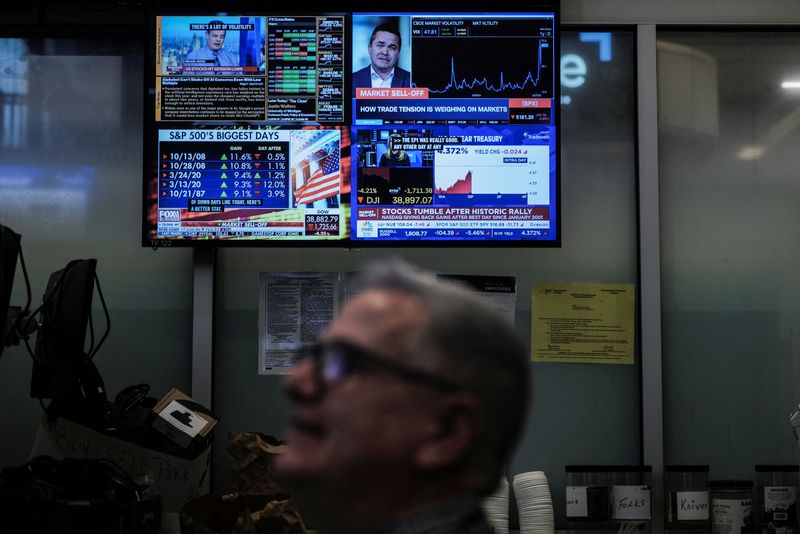In trading, a drawdown is a peak-to-trough decline during a specific recorded period of time of an investment, portfolio, or fund. A drawdown is usually quoted as the percentage between the peak and the trough. For example, if an investment has grown from $100 to $150, and then fallen back to $120, the size of the drawdown would be 20%. The maximum drawdown is the worst peak-to-trough decline during a specified time period.
When a trading system is losing money, an important question one should ask is: are we in a drawdown or the system has stopped working? The distinction is crucial because the two situations require different solutions. If we are in a drawdown, it means that our system is still working and we just have to ride out the losing streak. On the other hand, if our system has stopped working, we need to take action and find a new system.
Reference [1] attempted to answer this question. It outlined,
Trading strategies that were profitable in the past often degrade with time. Since unlucky streaks can also hit “healthy” strategies, how can one detect that something truly worrying is happening? It is intuitive that a drawdown that lasts too long or one that is too deep should lead to a downward revision of the assumed Sharpe ratio of the strategy. In this note, we give a quantitative answer to this question based on the exact probability distributions for the length and depth of the last drawdown for upward drifting Brownian motions. We also point out that both managers and investors tend to underestimate the length and depth of drawdowns consistent with the Sharpe ratio of the underlying strategy.
We found that the authors have some good points. But we don’t think that the assumption that the log PnL of a strategy follows a drifted Brownian process is realistic.
Note that in the article discussed in Momentum in the Option Market, the authors demonstrated that a trading strategy’s PnL can exhibit serial correlation. This is in contradiction with the assumption above.
Let us know what you think in the comments below or in the discussion forum.
References
[1] Adam Rej, Philip Seager, Jean-Philippe Bouchaud, You are in a drawdown. When should you start worrying?, 2017, https://arxiv.org/abs/1707.01457v2
Further questions
What's your question? Ask it in the discussion forum
Have an answer to the questions below? Post it here or in the forum




